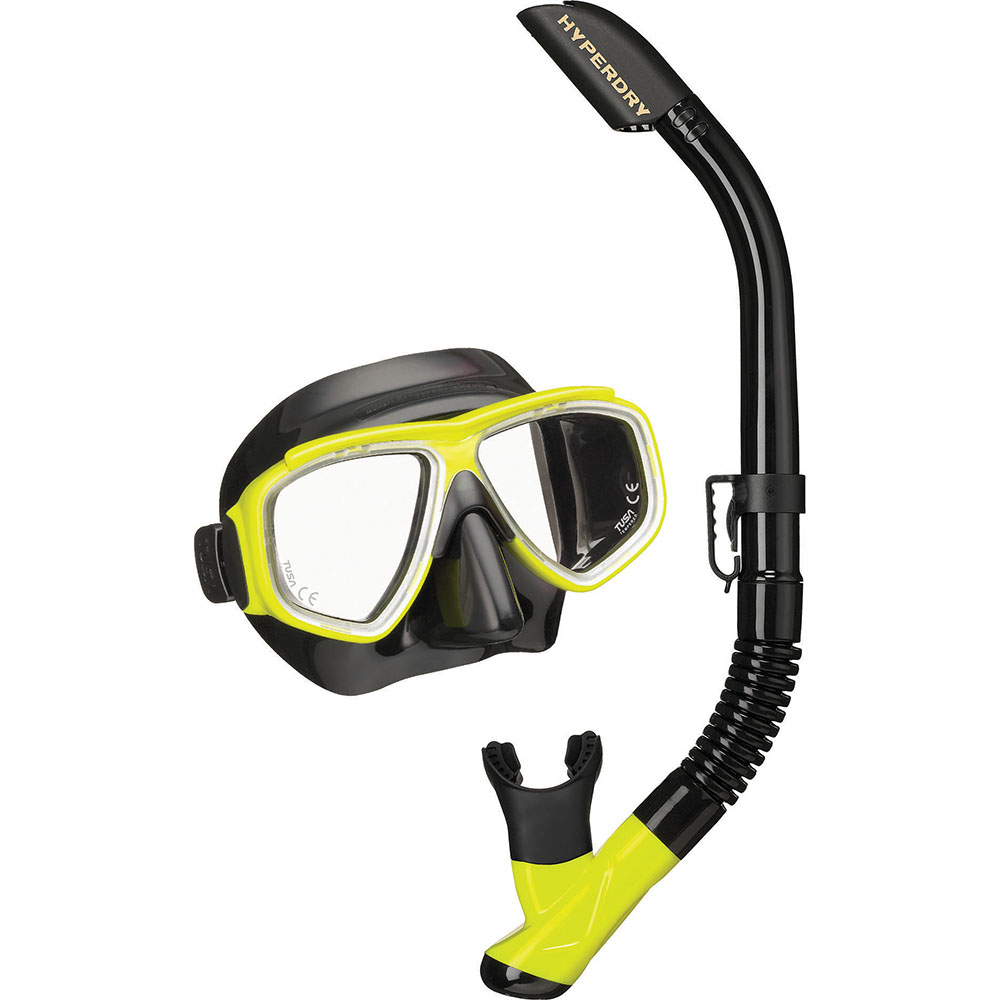- Pre-dive Cleaning: Often, the fogging issue arises due to the presence of a thin layer of silicone on the mask’s lens, a residue from the manufacturing process. Before using the mask for the first time, scrub the lens with toothpaste or a soft abrasive, rinse thoroughly, and let it dry.
- Use Anti-fog Solutions: There are commercially available anti-fog solutions that you can apply to your mask. After application, you should rinse it lightly so as not to remove the product entirely. Be sure to follow the instructions on the packaging.
- Saliva Technique: A popular method among divers is to spit into the mask lens, then rub it around and rinse it out. Saliva acts as a natural anti-fogging agent.
- Proper Fit and Water Temperature: Ensuring your mask fits well and seals properly to your face is crucial. Warm water causes a mask to fog up more than cold water, so being aware of water temperatures can also aid in prevention.
- Don’t Over-tighten: Over-tightening your mask can cause it to fog up more. Make sure it’s secure but not too tight. Make sure the back strap is horizontal, and not at an angle.
- Avoid Touching: Try not to touch the inside of your mask once it’s been treated. Oils from your fingers can smear the lens and cause fogging.
Remember to take good care of your diving equipment. Cleaning your mask properly after each use can help maintain its longevity and effectiveness.







